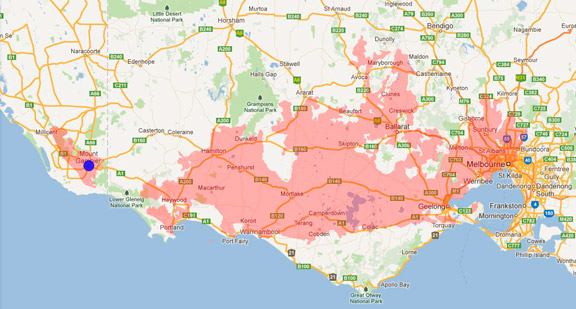A range of teacher professional learning programs will be developed to accompany the Biodiversity of the Western Volcanic Plains online outreach...


Scarlet Robin
Petroica boodang
Breeds from August-January in heavier forest. An untidy cup nest is built in the fork of a tree, tree cavity or horizontal branch up to 16 m in height.
| Details | Description |
| Type | Bird |
| Group | Robin |
| Former Scientific Name | Petroica multicolor |
| Identifying Characteristics | |
| Distinctive Markings | The male is black with a black throat and prominent white mark above the bill and through the wing. The scarlet breast extends from below the throat. |
| Diet | Carnivore, invertebrates. |
| Habitat | Foothill forests and woodlands in spring and summer. More open habitats including parks and gardens in autumn-winter. |
| Native Status | Native to Australia |
| Sounds | A shrill musical trill "tirrrit-tirrrit-tirrrit, tirrrit-tirrrit-tirrrit" with a quiet "tik" contact call. |
| Taxonomy | |
| Phylum | Chordata |
| Class | Aves |
| Order | Passeriformes |
| Family | Petroicidae |
| Genus | Petroica |
| Species | boodang |

Distribution maps indicate current and historic locations where species have been sighted.
Source: Atlas of Living Australia
| Conservation Status | |
| DEPI Advisory List | Not listed |
| FFG Act | Not listed |
| EPBC Act | Not listed |
The conservation status of species is listed within Victoria and Australia.
The Department of Environment and Primary Industry (DEPI) Advisory List consists of non-statutory advisory lists of rare or threatened flora and fauna within Victoria.
The Flora and Fauna Guarantee Act 1988 (FFG Act) lists threatened species in Victoria. Under the Act, an Action Statement is produced for each listed species.
The Environment Protection and Biodiversity Conservation Act 1999 (EPBC Act) is the Australian Government’s key piece of environmental legislation, listing nationally threatened native species and ecological communities.



